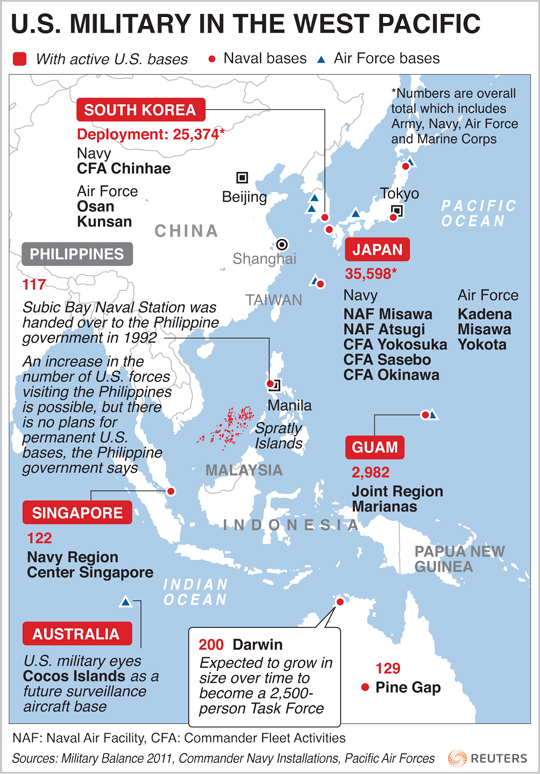A British geographer and journalist described China’s claims to large swaths of seas and land formations off its coast are based on 20th-century events — from the Boxer Rebellion to the defeat of Japan in World War II — and not deeply rooted in its history.
This assertion brought several heated questions from the audience.
Bill Hayton, an associate fellow at London’s Chatham House and the author of
South China Sea, said in response to a question that Beijing’s claims are valid “because [these territories] are ours” historically, said “a hundred years ago you [Chinese citizens] wouldn’t feel” the same way. For much of China’s past, most of the South China Sea was viewed as “a place where pirates roam.”
Speaking Thursday at the Center for Strategic and International Studies, a Washington, D.C. think tank, he added, now, “every Chinese child is taught James Shoal is the southernmost part of Chinese territory.” The shoal is under water and claimed by China, Taiwan and Malaysia. It is more than 1,000 miles from the Chinese mainland and 50 miles from the Malaysia coast.
In answering a question about whether the media are increasing tensions over the disputes in the East and South China Seas, Hayton said, “The story has shifted” from one of China’s claims in the early 20th century in disputes with Japan and France over pieces of territory to one of who has the most influence in the region — Beijing or Washington.
He said the international arbitration panel’s recent ruling against China in a dispute with the Philippines over its so-called “9-Dash Line” territorial claims fell within the rules laid out in the
that the Spratlys were not islands. “There are no records of settled families” by the Chinese on them. The treaty calls for “human habitation, so they [aren’t] islands in that sense.”
Hayton added that Beijing was an early and strong supporter of the treaty “to stop countries from” making territorial claims like the ones it made in the case over the Scarborough Shoal brought by Philippine case.
The first time the “9-Dash Line” appears in an official document is 1946″ and includes the Spratlys in a 1947 map, he said. The timing was part of an agreement among the Allies that “all the territory stolen from China [by Japan] will be returned.” The question was, “Where do China’s borders lay?”
Although China did not do much surveying work in the South China Sea and its fishermen did not continually inhabit the reefs and shoals, Beijing began producing in the early decades of the 20th century “maps of national humiliation.” They indicated certain land features also claimed by Japan, Korea, Malaysia and the Philippines were under its control. The “line,” which has shifted several times, was to make the territory appear to be contiguous.
Hayton said what moved Chinese imperial officials in the early 20th century to make these first claims was to “show it is standing up to foreigners.” The imperial government was trying to regain control of its own affairs and territory, usually close to the mainland, and solidify support with its people.
Later Chinese Republic officials continued these moves by “sticking in flags” on the Paracel Islands and sticking “one in the eye for the Japanese or anyone else,” who didn’t respect its sovereignty and claims.
At the beginning of his presentation, Hayton said China’s claims in the disputed waters “are just as incoherent as others” to these islands, reefs, barriers and shoals. He said Beijing is making these claims out of a “sense of entitlement,” which shows no signs of going away.





